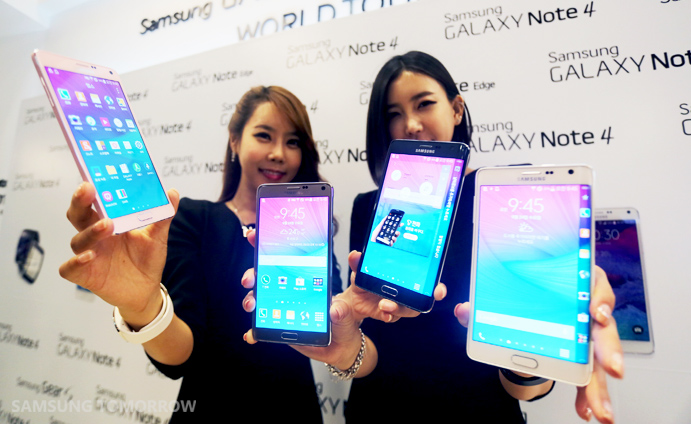
Phablet fans, get ready -- Samsung Galaxy Note 4 goes on sale this week
Samsung Galaxy Note 4 is among the most important new mobile devices to go on sale in the second half of 2014, alongside Apple's iPhone 6 and iPhone 6 Plus (which launched last week); the latter is a direct competitor. The Android phablet was slated to go on sale next month, but, in no small part thanks to the strong sales performance of the new iPhones, Samsung wants to get it in consumers' hands much sooner.
Samsung has announced that Galaxy Note 4 officially goes on sale this Friday, September 2014, in its home country of South Korea. There pre-orders started earlier this month, with consumers reportedly showing a strong interest in the device. But what if you live outside of South Korea?
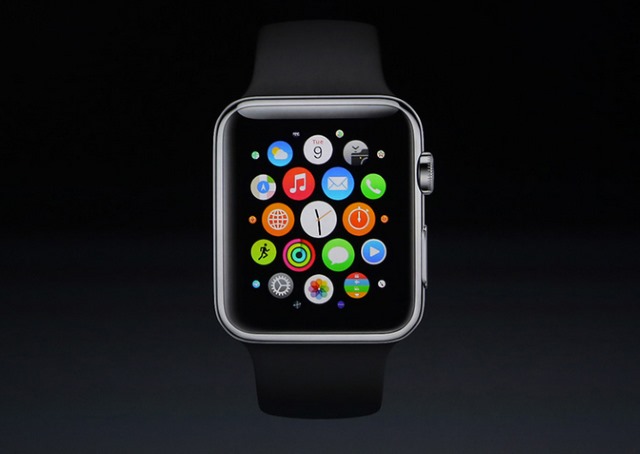
Apple Watch could distract drivers more than smartphones
Apple Watch is off to a rather shaky start, as some folks feel it isn't as smart looking or svelte as we were expecting, and others don't believe it has enough functionality, and doesn't do anything different from existing smartwatches.
And now UK motoring organization the Institute of Advanced Motorists (IAM) is putting the boot in -- on all smartwatches, mind, although the organization’s press release highlights Apple's -- and the risks of using such a gadget while driving.
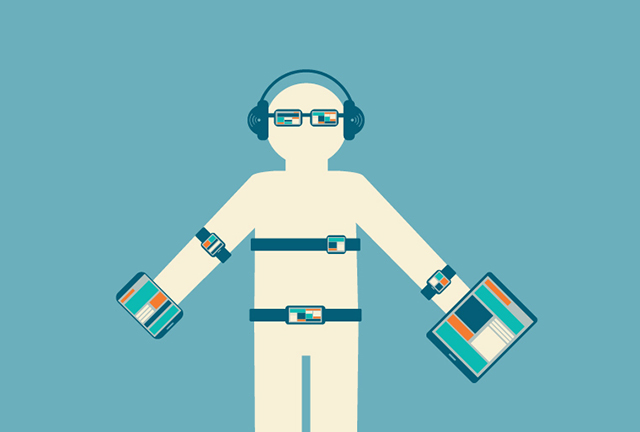
Wearable tech: Where do we draw the line?
Wearable tech is back in the forefront with the release of the Apple Watch. Apple’s entrant is sure to help the sector overall, with expectations of tens if not hundreds of millions of devices to ship annually from Apple and others by the end of the decade.
This success does not come without its share of questions, however. Unlike our cell phones, tablets, and video game consoles, this new class of devices are different. For a lack of a better way to say it, they are a part of you. Its use carries significant societal and moral implications.

Hack your health using fitness technology
I’m a big fan of fitness apps and wearable gadgets -- anything that can help make working out more interesting and fun is a big plus in my book, which is why I love apps like Zombies, Run! and Superhero Workout.
I’m not alone either -- one in four smartphone owners use a device to track health, diet or exercise, and fitness apps are among the fastest growing niches in the app market, rising by 49 percent in 2013.
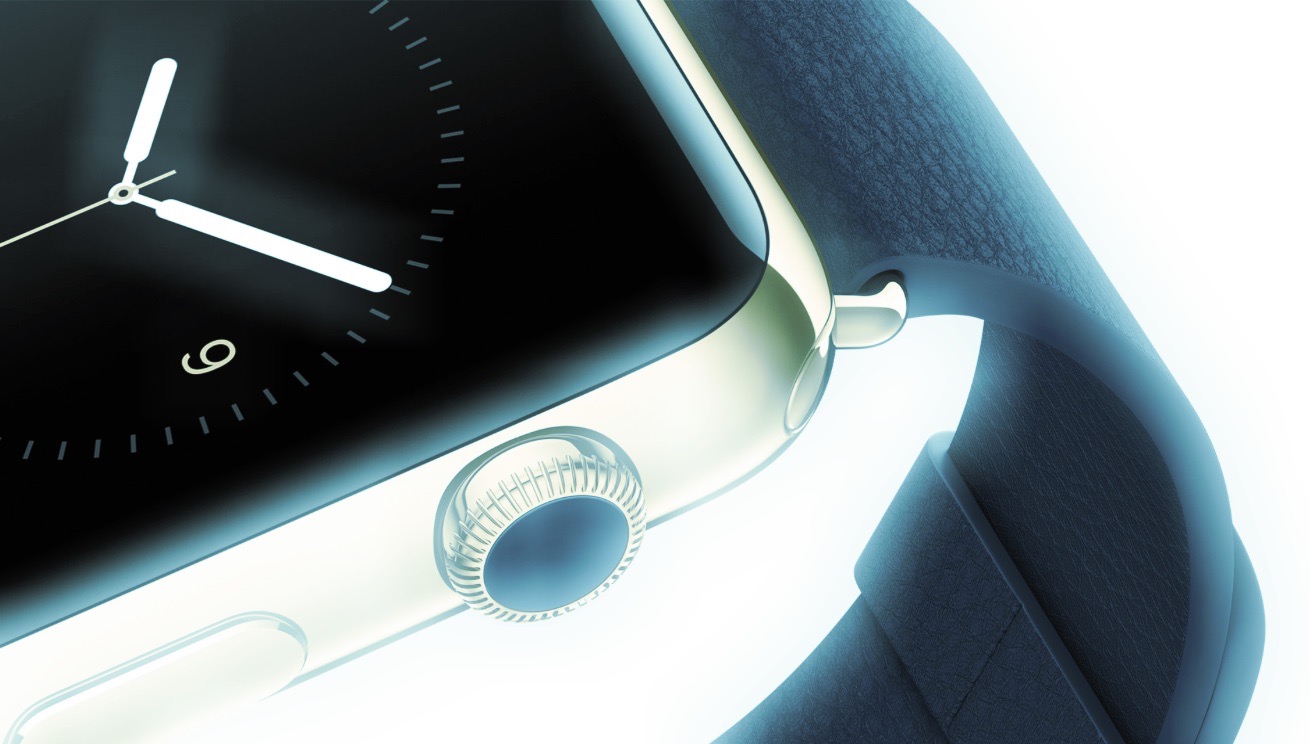
Is Apple Watch out of time?
I am reluctant to criticize unreleased Apple Watch because my analysis about original iPad -- given before seeing it -- was wrong. That said, Android Wear, while seemingly sensible comparison that analysts, bloggers, and journalists make, isn't right. When put in perspective of next-generation wearables, I think Apple Watch should be compared to Google Glass.
Be honest. Which looks more innovative to you? The utility of something you see at eye level that provides real-time, location-based information is much greater than something that demands more responsive -- "Hey, Siri" -- interaction and turns the glance and fingers downward. Granted, Apple Watch delivers alerts, and you feel them, but your attention is always to look away.

Apple announces its first wearable -- the Apple Watch
Running counter to many of the rumors circulating ahead of the Cupertino event, Apple today announces the Apple Watch, not the iWatch. Unlike the Moto 360, Apple's offering takes the squarer form adopted by many other manufacturers, but there are differences. Taking design cues from older iPhones -- think 3GS period -- the Watch was relegated to the infamous "one more thing" slot after the iPhone 6 and iPhone 6 Plus were announced. Rather than the unibody design that some had expected, the Apple Watch features six different straps, comes in two sizes (38 mm and 42 mm -- his and hers essentially), and will be available in three different finishes.
Just like the iPhone 6 and iPhone 6 Plus, the Apple Watch's display is made from sapphire crystal but there's something interesting to the right of the screen. More usually found on a traditional mechanical watch, there's a crown -- but this is not used for winding up a spring. Instead, this is a new form of input that can be used to scroll around the interface, zoom in and out, and doubles up as a home button. Despite the squared surround, the Apple Watch's UI is very round in flavor, mimicking the look of a traditional watch.

Meet Motorola's new Moto X, G, 360
Motorola managed to really impress with last year's Moto X and Moto G. The two smartphones have shown time and time again that they do not need heavily-customized software, large screens or the fastest hardware around to stand out from the rest of the pack. They successfully targeted different parts of the market -- the former has gone after flagship buyers while the latter has sought to attract consumers on a budget -- in a different, impactful way, relying on the appeal of the overall package to tell their story. But, no matter how good they might have been, Moto X and Moto G are clearly showing their age.
Today, Motorola is relieving the pair of their leading roles, as it unveils the new Moto X and Moto G (the 2014 editions, if you will). The names might be the same, but the latest offerings are new inside out.
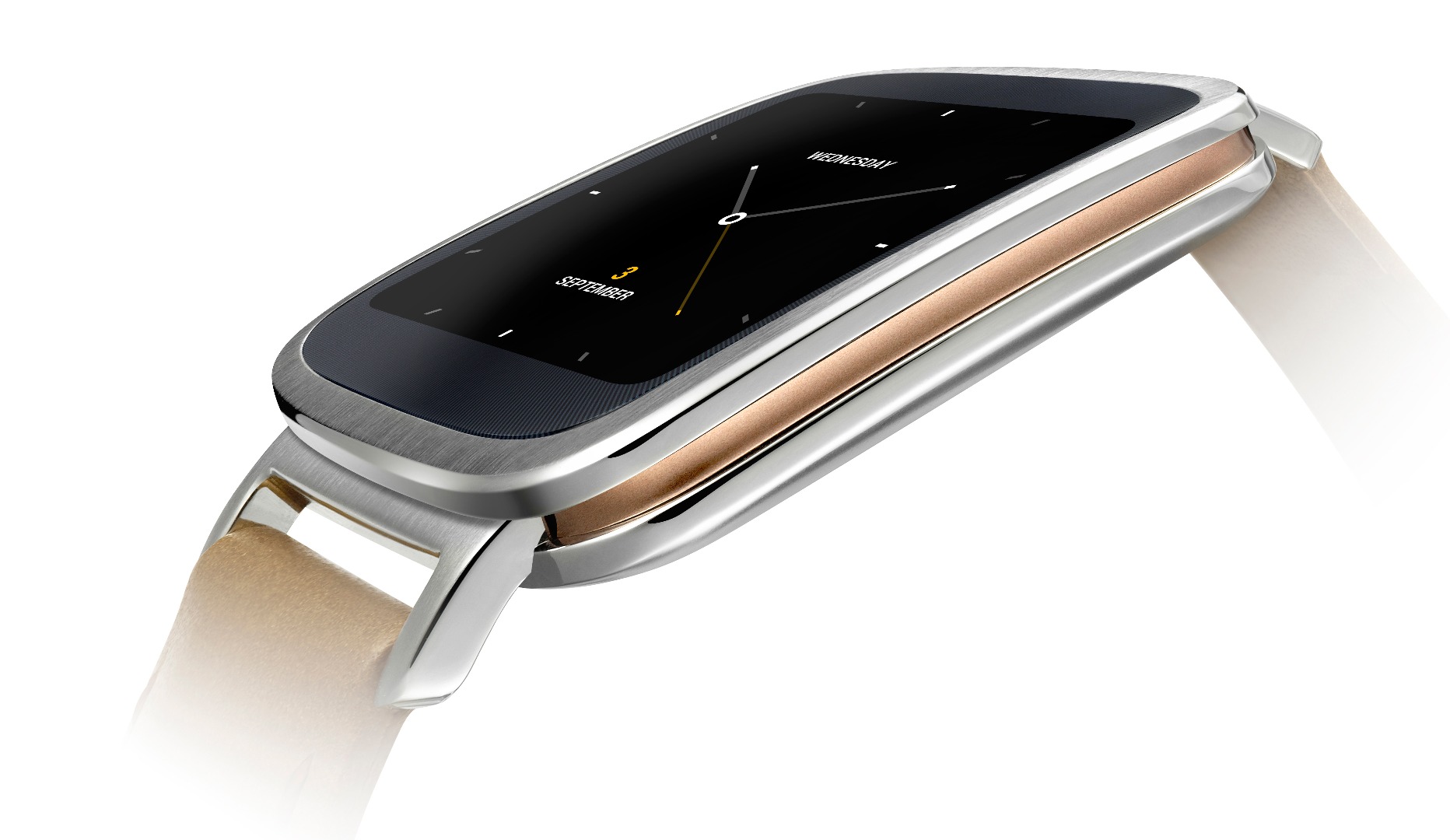
ASUS unveils the Android Wear-powered ZenWatch
It does not matter if smartwatches have yet to catch on with consumers. The big players in the mobile industry are just getting started announcing their efforts. ASUS is the latest to reveal its Android Wear-based device, which it calls ZenWatch.
ZenWatch, which is ASUS's first wearable according to the company, is designed as a companion device to smartphones running Android 4.3 Jelly Bean or newer, meaning that, like other devices in this category, it cannot do much without being paired to one. It runs the ZenUI user interface on top of Android Wear, which offers dedicated apps and a custom, rather elegant, design, among other features.

Here's what you can expect to see at IFA 2014
The rejuvenation of the tech scene at this time of year is heralded by one of the oldest and largest trade shows on the circuit, with Germany taking centre stage for Internationale Funkausstellung Berlin -- known simply as IFA.
At IFA 2013, ITProPortal witnessed the unveiling of the Sony Xperia Z1, realized that convertible laptops are here to stay, and learned that no-one is impressed by Samsung's Galaxy Gear. This year we're looking forward to seeing the year's developments in wearable tech. And I'm not just talking smart watches. This year we're talking infrared thermometers, Bluetooth home cinema speakers and something called the "D30 Smart Skin".
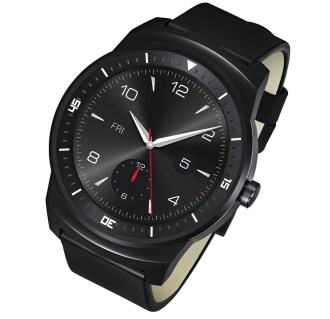
Circular-faced LG G Watch R to be unveiled at IFA 2014
IFA 2014 kicks off in Berlin next week, and one of the devices that will be on display is the LG G Watch R. LG is looking to expand further into the wearable market with another Android Wear watch and the killer feature this time around is a round display.
The circular Plastic OLED face has be been designed to make use of the entire surface -- there is no bezel whatsoever. In terms of looks this could be what sells LG G Watch R, as it's a device that's likely to appeal to those pandering for a more traditional look to their wearable tech.

Discounts assuage consumers' privacy concerns about wearables
Consumers are concerned about privacy issues when it comes to the increasingly connected smart world heralded by the incoming Internet of Things, where many more devices such as household gadgets and wearables are going to be online.
It's the latter that some new research (conducted by Acquity Group) focuses on, which found that the vast majority -- 80 per cent -- of consumers had privacy concerns when it comes to connected wearables.

V.BTTN is a programmable Bluetooth button that can do anything your phone can
Think about wearable tech and your mind probably jumps to watches first. V.BTTN is a little different. It's a programmable button that links smartphones, tablets and computers via Bluetooth and it can then be used to trigger all manner of events. Looking for a remote shutter trigger for your smartphone? V.BTTN can do that for you. Need a remote control to start and stop recording? Got that covered too. The device comes from VSN Mobil and is available now for $59.99. It's one of those pieces of hardware billed as having virtually limitless possibilities, but this is one instance where the claim is justified.
What the button does depends entirely on the app you decide to link it to. It's slightly more advanced than just "hit the button" -- there are short and long press options, as well as gesture support thanks to a built-in accelerometer. As standard, V.BTTN is just a button. You can stick it in your pocket or bag and carry it around with you if you like, but there are also a number of accessories.

Wearable technology is easily tracked
Users of wearable technology can have their information tracked with just $70 worth of hardware, according to a new study.
Research carried out by security firm Symantec used a simple set-up combining a Raspberry Pi computer and a Bluetooth radio module, to scan for signals. The technology was taken to parks and sporting events where it was able to record data being broadcast from gadgets close by.

Google Glass: The pinnacle of wearable technology? [Review]
Begin a sentence with the phrase "most anticipated gadget ever" and tradition dictates the words "Google" and "Glass" must follow shortly after.
Unceremoniously launched into public consciousness from a plane hovering over Google I/O, Google Glass has been one of the hottest topics in tech since 2012. Two years on and the smart specs are still the gadget every technical guru desires; to some it's "an overwrought headband", to others it's the wearable future of modern technology.

Smart shoes can deliver directions straight to your feet
Forget smartwatches, or other wearables like Google Glass, as an Indian startup by the name of Ducere Technologies is targeting an entirely different area of the body for "smart" functionality -- the foot.
Yes, the Lechal is a smart shoe or "interactive haptic footwear" which buzzes to give you feedback and directions on where you're going, among other functionality.
